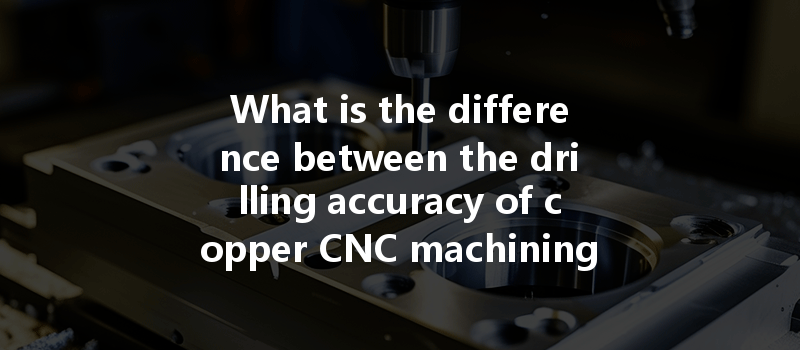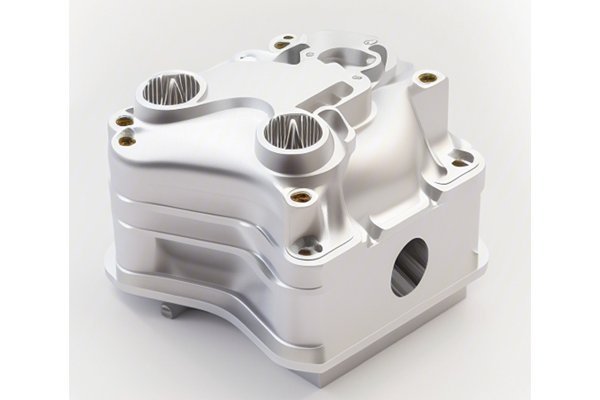Opening: An Intriguing Fact
Did you know that the machining industry is expected to grow to a staggering $181 billion by the year 2025? In this rapid growth, precision machining plays a pivotal role, particularly in sectors like aerospace, automotive, and electronics. However, when it comes to achieving flawless part production, understanding the differences in drilling accuracy between various materials—such as copper and plastics—can significantly impact the quality and reliability of the end product.
In this blog, we’ll dive deep into the nuanced world of CNC machining, specifically focusing on the drilling accuracy of copper machining compared to plastic machining. We will explore not only the inherent differences in machining capabilities but also the technologies, techniques, and best practices that can optimize outcomes for both materials.
Overview of CNC Machining
Computer Numerical Control (CNC) machining is a manufacturing process in which pre-programmed computer software dictates the movement of factory tools and machinery. This technology allows for unprecedented precision, varying from basic shapes to incredibly complex forms with extreme accuracy.
The Importance of Material Selection
Different materials react differently to CNC machining processes, particularly when it comes to drilling accuracy. Two commonly used materials in diverse industries are copper and plastics. Understanding their unique properties is essential for selecting the right material for specific applications and ensuring optimal drilling accuracy.
Copper CNC Machining: An In-Depth Look
Properties of Copper
Copper is known for its excellent thermal and electrical conductivity, making it a preferable choice for electrical components, printing circuit boards, and piping systems. However, its softness can lead to challenges in machining processes.
Advantages of Copper Machining
CNC Machining Techniques for Copper
To achieve precise drilling results with copper, consider these techniques:
Challenges in Copper Machining
While copper boasts many advantages, it also presents some challenges in CNC machining:
Plastic CNC Machining: Understanding Its Mechanics
Properties of Plastics
Plastics, including several engineering grades like ABS, nylon, and polycarbonate, are widely used across multiple industries due to their lightweight, corrosion resistance, and versatility.
Advantages of Plastic Machining

CNC Machining Techniques for Plastics
Achieving high drilling accuracy in plastics involves several strategies:
Challenges in Plastic Machining
Machining plastics can also present unique challenges:
Comparing Drilling Accuracy: Copper vs. Plastic
When it comes to drilling accuracy, several factors can influence the outcome. Understanding these can help machinists make informed decisions for optimal results.
Factors Influencing Drilling Accuracy
Solutions to Improve Drilling Accuracy
To maximize the benefits of CNC machining for both copper and plastics, consider the following measures:
: The Precision Pathway Forward
Understanding the differences in drilling accuracy between copper CNC machining and plastic CNC machining is more than just an academic exercise; it carries significant implications for production quality, efficiency, and cost-effectiveness. Both materials bring unique challenges and opportunities to the table, requiring tailored approaches to ensure that machining processes yield precise outcomes.
As the industry continues to evolve, so too must our strategies, knowledge, and technology. By investing in understanding and optimizing the CNC machining processes for both copper and plastics, manufacturers can enhance their product offerings and improve their reliability.
This blog serves as a reminder of the importance of tailored machining approaches. Whether you’re ensuring the quality of electrical components or lightweight parts for consumer products, the interplay between material and machining method is a crucial cog in the manufacturing machine. Consider revisiting your current practices and explore the possibilities for improvement; the future of machining holds remarkable advancements waiting to be leveraged.






